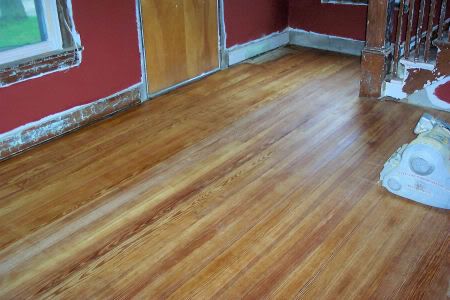302 2r 28 7 1 introduction 7 2 vapor retarder barrier location 7 3 vapor transmission through retarder barrier chapter 8 floor covering materials p.
Shellacking floor retarder.
They lower the water cement ratio only as a side effect.
With that said you can attempt to cover a small inconspicuous area with a floor rated polyurethane in the sheen you want satin semi gloss high gloss.
Retarders are primarily intended to counteract the harmful results of heat on the concrete mix.
Make sure the polyurethane will coat it sufficiently but more often than not doing a very light screen sanding of the laminate 220 grit sandpaper will be required first.
Martin and chris if the floor is going to be a vapor barrier fair enough.
Chapter 7 vapor retarder barrier p.
You don t want a vapor barrier on the inside it s creating a problem that can never be 100 fixed.
It s a very disagreeable smell but used in small amounts it s not too bad.
Dip your rag into the shellac mixture and.
A good rule of thumb.
Naturally all other things being equal the more retarder that is added to the mix the greater will be the delay of the set.
An isomeric form of butanol is added to behlen s bekhol shellac solvent the best solvent for shellac flakes for most purposes is denatured alcohol.
Keep in mind use of the retarder will require longer drying times between the coats of shellac.
Just remember don t use retarders in cold weather.
But then you may ultimately have problems even with the spray foam as you are creating a vapor barrier sandwich and the foam will leak air.
Planning ahead and installing a 10 mil reinforced moisture vapor barrier film before the slab is poured is a great first step toward avoiding eventual moisture issues in your epoxy flooring.
Add just enough shellac retarder to enable easy application or flow out add only what is necessary and don t exceed 15 20 by volume when spraying shellac the retarder will help eliminate over spray and orange peel.
Include a plastic sheet test which really is as simple as it sounds in your timeline so that you know the slab is truly cured and ready for the.
Use a cloth to shellac wood if you re covering a large surface area and choose a brush for the job to finish tight edges and corners.

